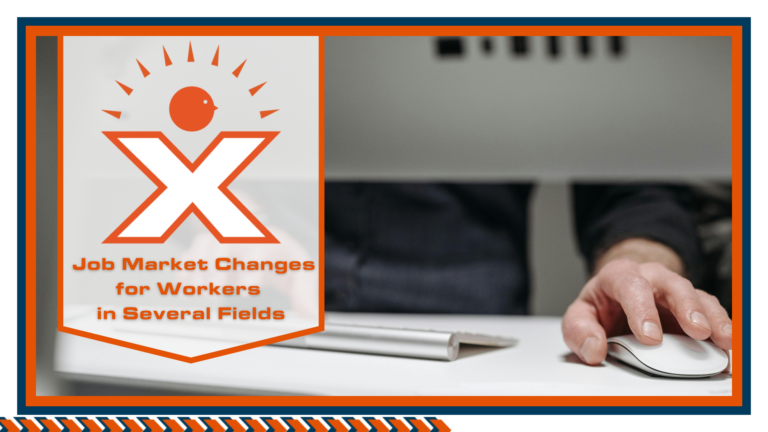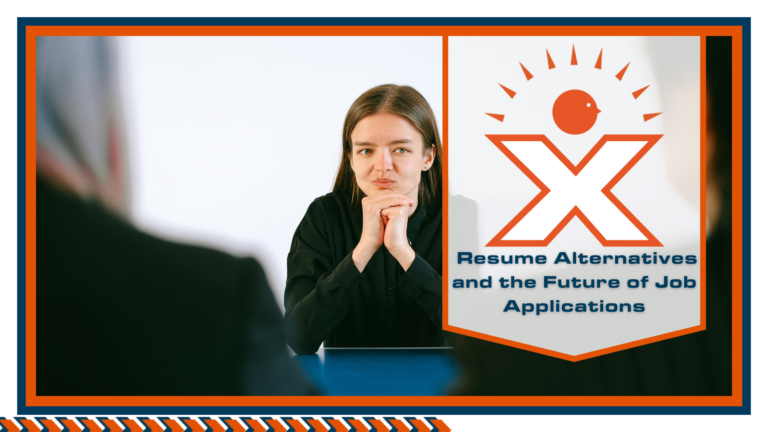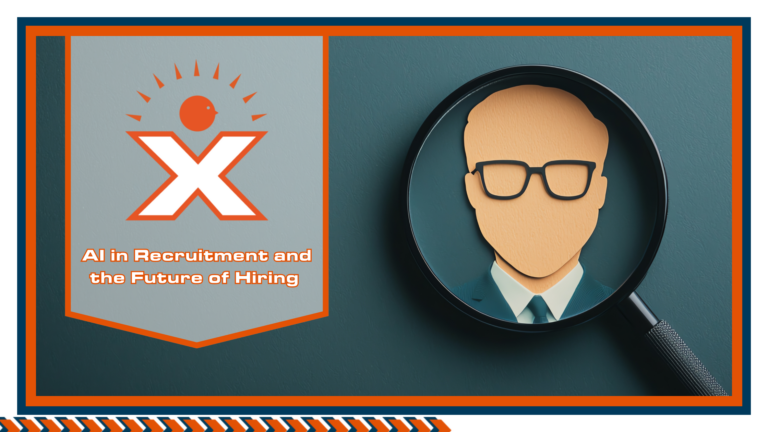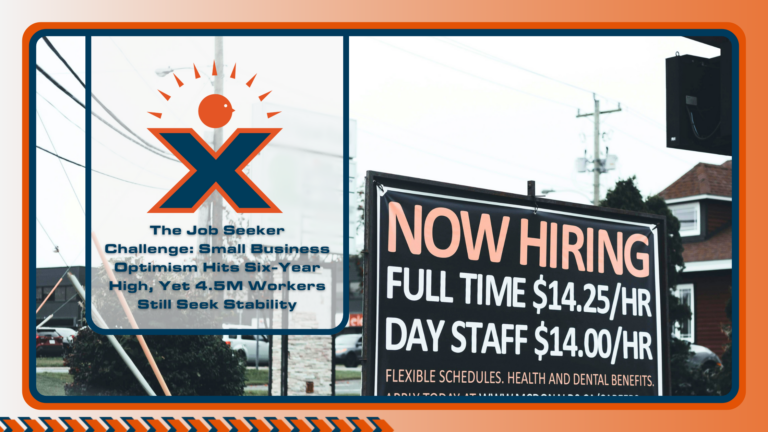As employment labor costs rise and productivity slips, companies are rethinking how much they can afford to hire, how fast, and at what risk with the new impact.
A Tighter Margin for Every Employee Hired
Hiring has always involved trade-offs, but rising costs are adding weight to every decision. During the first quarter of 2025, U.S. labor productivity dropped for the first time in nearly three years. At the same time, unit labor costs jumped by 5.7%—the steepest increase since mid-2022. When expenses go up while output falls, employers find themselves with less room to maneuver. This mix of lower productivity and higher labor costs is reshaping how businesses think about staffing and workforce planning.
The employment cost impact extends well beyond salary. Delays in output, increased turnover, and unpredictable compensation costs are now part of every staffing calculation. With job postings declining year-over-year, the focus has narrowed to finding the right fit faster, and at a price point that won’t balloon over time.
More Pay, Less Output
Productivity fell by 0.8% during the first quarter while output declined and hours worked ticked up slightly. That combination means companies paid more for less measurable return on labor. As Bloomberg pointed out, this marked the first drop in productivity since 2022 a sign that staffing decisions are being made under tighter conditions.
A workforce that requires more time to complete the same volume of work drives up total staffing costs. That reality limits how long businesses can wait for new employees to ramp up, especially when the numbers show efficiency slipping while wages rise.
Employee Hiring Demand Softens
The Conference Board reported a 1.2% increase in its Help Wanted Online Index for April, offering a modest rebound after a sharp drop the month before. Still, their data shows job postings down 4.5% compared to a year ago.
This isn’t just a matter of fewer open positions it reflects a more selective approach. Staffing decisions now carry more financial weight. Each new hire must meet tighter criteria to justify the investment, and short-term gains are being weighed against long-term costs with greater scrutiny.
A Strain on Productivity and Payroll Cost
Businesses also saw a 4.8% rise in hourly compensation while the broader economy contracted slightly. That contrast, reported by Reuters, adds pressure to every decision tied to payroll and staffing.
Even in industries where hiring remains active, the added expense forces a closer look at when and how new employees are brought on. Budget constraints aren’t just limiting growth, they’re changing the way businesses manage the teams they already have.
Margins Matter More Than Ever
These reports reflect a shared theme: more cost, less output, and slower hiring. The full effect of the employment cost impact can’t be measured in a single metric. It shows up in job boards, compensation tables, and productivity reports alike.
Each signal builds a case for smarter, more deliberate staffing. As labor becomes more expensive and performance harder to maintain, cost-efficiency becomes a priority across departments, not just in HR.
Recalibrating the Hiring Equation
One quarter of data told a bigger story lower output, higher compensation, and a hiring slowdown. This isn’t about market overreaction. It’s about recalibration. The employment cost impact stretches into forecasting, budgeting, and operations.
Workforce management isn’t just about adding headcount anymore. Every hiring decision has to serve both cost and performance goals, often under tighter deadlines. That balance isn’t easy to strike, but it’s where the strongest outcomes start.
Ready to maximize your hiring staff’s potential? Contact NEXTAFF today! Come explore how our customized staffing solutions can drive your business forward. Learn More About Client Solutions Today!












